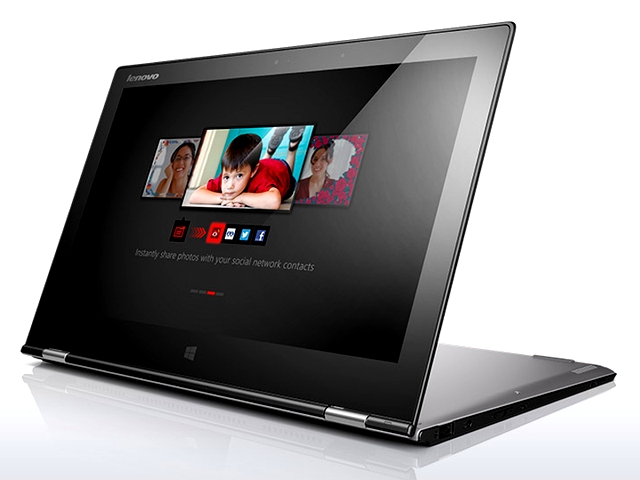
Lenovo Yoga 2 Pro: A good ultrabook that also works as a tablet [Review]
Lenovo seems to be hedging its bets in the exciting new world of tablet-Ultrabook hybrids. The company offers models where the screen is removable, like the ThinkPad Helix, and also where it rotates, like the ThinkPad Yoga. The Yoga 2 Pro is the latest non-corporate version of the latter. The basic concept is the same as the ThinkPad Yoga, but it moves the genre forward considerably in one key area.
The primary step forward is the screen, which has a whopping resolution of 3,200 x 1,800. This is even greater than the considerable 2,560 x 1,440 offered by Dell's XPS 11 2-in-1 Ultrabook, although the Yoga 2 Pro has a larger 13.3-inch display, like Toshiba's KIRA 101. It's an IPS screen, too, so doesn't suffer from the viewing angle issues of the cheaper TN variety, with the display clear from every position. Detail is superb, although colour is a little more muted than we would have expected.
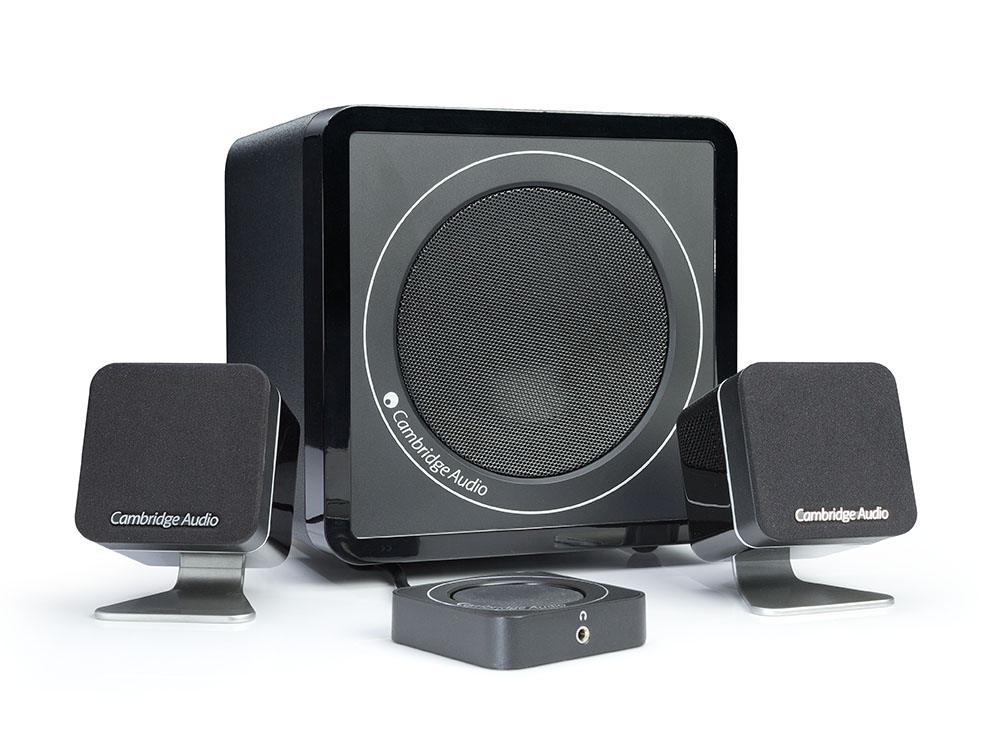
Cambridge Audio Minx M5 -- small speakers with a big sound [Review]
Listening to music on a computer can be a very rewarding experience nowadays. However, we aren't far removed from the days where laptops and desktops shipped with horrible speakers. This shouldn't be surprising though; while mp3 and streaming audio is commonplace now, listening to music was not always expected on a computer. Tinny-sounding, rattling speakers were OK for midi files, but now we expect much more.
While Bluetooth speakers are very convenient, their sound quality usually does not match a hard-wired set. My favorites for many years are the Logitech Z-2300 -- a 2.1 setup, which are THX certified and pack a 120 watt subwoofer. I still own these speakers, but they are extremely bass-heavy, even with the bass knob turned down to the lowest setting. They can be overly disruptive to the other people in my home, as the walls shake. For a party, they are great, but for everyday use I need something more tame. Today, I am looking at the Cambridge Audio Minx M5 in hopes that I have found that.
Acer Iconia A1: Small Android tablet for tight budgets [Review]
Acer is probably not the first company you will think of when you start pondering tablets -- but in fact it has quite a pedigree. It has forayed into Windows-based tablets, with recent examples being the Iconia W4 and the Iconia W700 -- an attempt at an all-in-one/tablet combo. And its Android-based tablets are plentiful with A and B series lines alongside the more recently announced Tab 7 and One 7. ITProPortal actually reviewed the predecessor to this new model, the Iconia A1-810, last summer.
As tablets go the 16GB Acer Iconia A1-830 is a bit of a baby. It has a 7.9-inch screen, just a bit larger than the 7-inch Kindle Fire HDX and Nexus 7, and the same as the iPad mini. Its price marks it out as a budget buy at £140. For reference, the Nexus 7 16GB and 16GB Kindle Fire HDX 7-inch are both £199. The 16GB iPad mini is over £300.
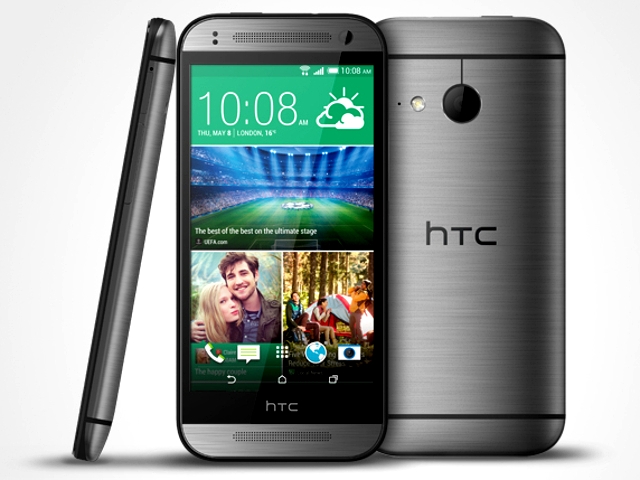
HTC One mini 2: Good design, solidly built, but overpriced [Review]
It's quite a trend now for handset makers to produce a big phone, then produce a smaller version of it and call it 'mini' or, in Sony's case, 'compact'. The idea is to piggy-back on the features that a flagship, top of the range phone offers, and bring down the overall size for smaller hands, and the overall price for smaller budgets. So, the new HTC One M8 has been joined by the HTC One mini 2, just as the original HTC One was joined by the original, er, HTC One mini.
You will have spotted an obvious difference in naming between the new flagship and the new mini. HTC isn't helping itself here, but it clearly wants us to view the two handsets as close relations, so let's forgive, forget and move on.
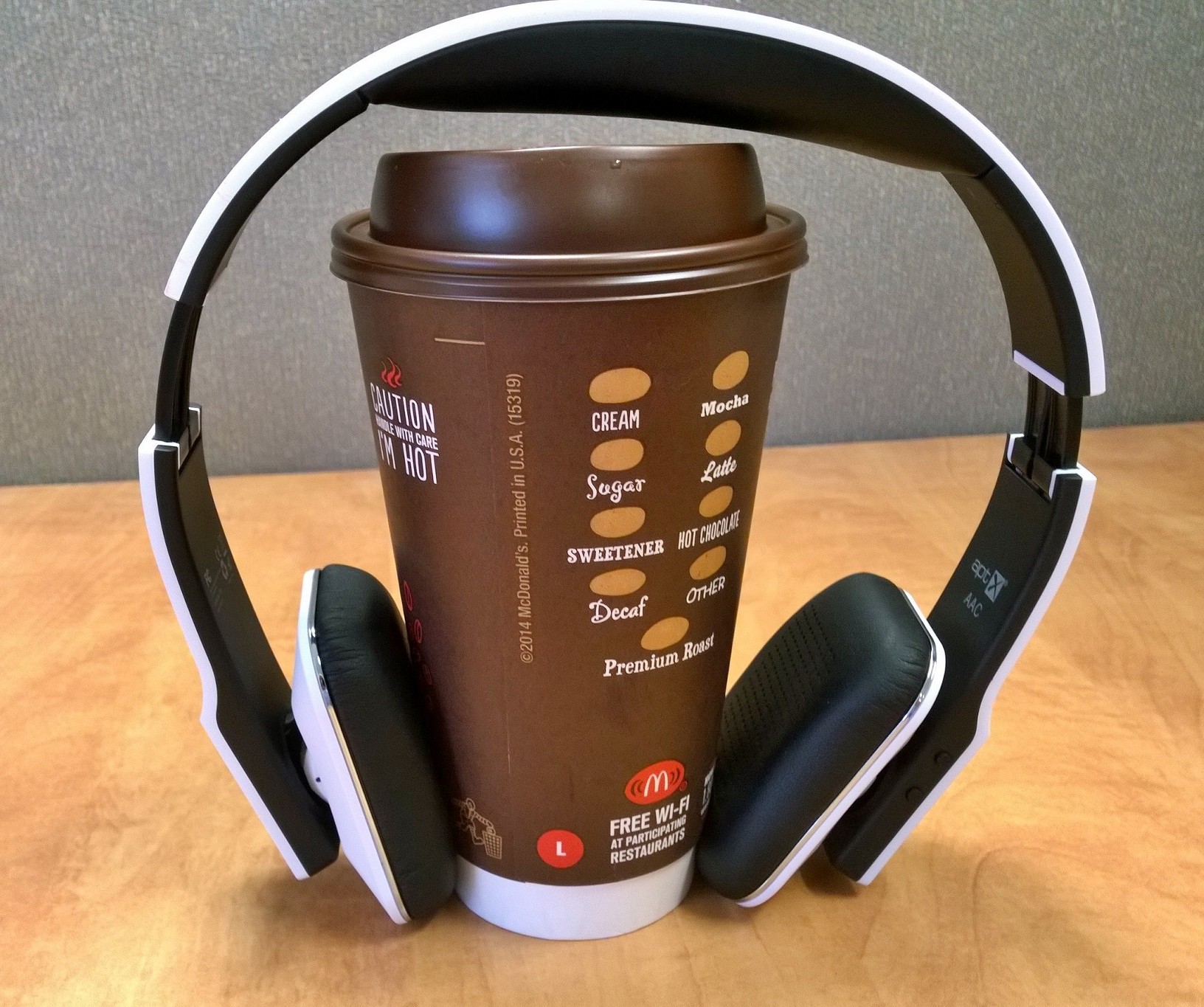
VOXOA HD Wireless Stereo Headphones [Review]
Having been born in the 80s, I've seen a lot changes in technology. Believe it or not, our first VCR was a hand-me-down with a wired remote -- yes, wired. We also did not have a cordless phone for quite a while. Instead, we had a phone with a 50-foot cord. My first Walkman, a non-Sony portable cassette player (they were all called "Walkman" back then), had crappy corded headphones. Are you seeing a trend yet? Cords, cables and wires were a necessary evil.
Luckily, nowadays we have wireless everything. The coolest technology for me is Bluetooth headphones. The fact that I do not need to strategically run a cable down my shirt or jacket is a godsend. Unfortunately, the quality of Bluetooth devices vary wildly. It is easy to buy a wireless set of cans that sound terrible. So, are the VOXOA HD Wireless Stereo Headphones terrible or great?
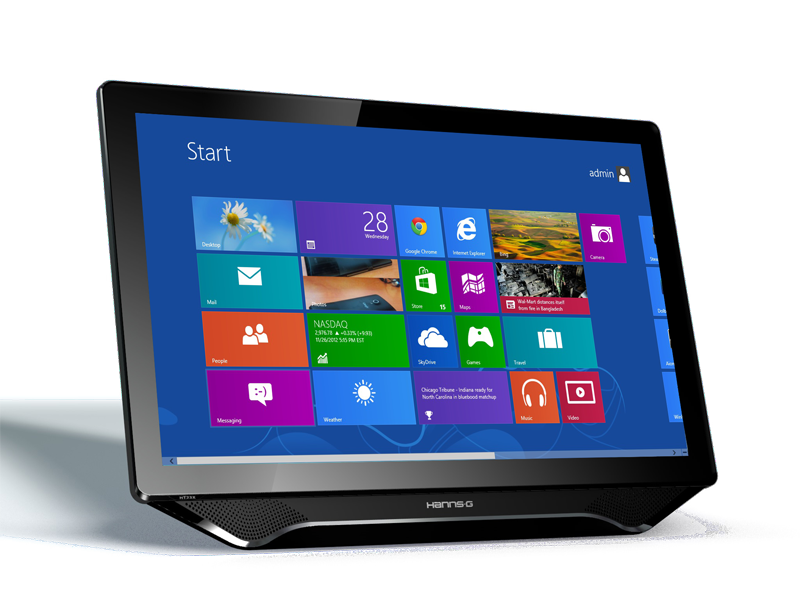
Hanns G HT231HPB: an entry-level touchscreen monitor let down by Windows 8.1 and itself
I have no problems with touchscreens in general, no problem at all. I can't imagine using a non-touchscreen phone any more, and I have tablets of all shapes and sizes coming out of my ears. Touchscreens make sense, they are intuitive, they are fun to use. In the right situation, at least. I bang on about being a very happy Surface Pro owner (not as yet a Surface Pro 3), but how often do I take advantage of the fact that it has a touchscreen? Very rarely. I might jab the screen every now and then to switch apps, I may even mess about with handwriting recognition from time to time, but despite my love of the device, a keyboard/trackpad/mouse combo is my preferred choice.
I use my Surface Pro as a laptop, and perhaps this is where my issues stem from. To me it makes little sense to reach over the keyboard to interact with the screen when a far more energy and time efficient trackpad flick does the job just as well. Used as a tablet, it would be a different story, but to me the Surface Pro range is not about amalgamating the best of laptops and tablets, it's about having a fancy laptop. But I digress. My point is that I have yet to be convinced of the value of touchscreen laptops (when used as laptops), and the idea of touchscreen monitors for desktop computers just seems like a step too far.
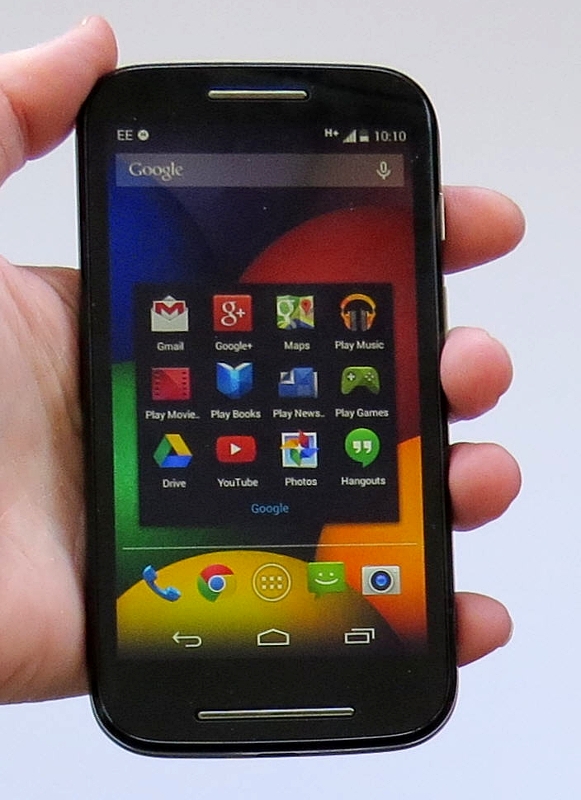
Motorola Moto E: An attractive and affordable Android smartphone [Review]
Anyone who regularly reads my handset reviews will know how important the Motorola Moto G has been. Since last November it has overshadowed every phone aiming at the £150 price range, and quite a lot priced a fair bit higher. Now Motorola wants the Moto E to achieve the same kind of dominance -- this time at the entry-level end of the phone market. The Moto E can be yours for £89 SIM-free.
By modern standards this is a small handset -- its screen is only 4.3-inches. It is amazing how much the landscape has changed over the last few years, so that a 4.3-inch phone seems small and 5-inch feels like the optimum size.
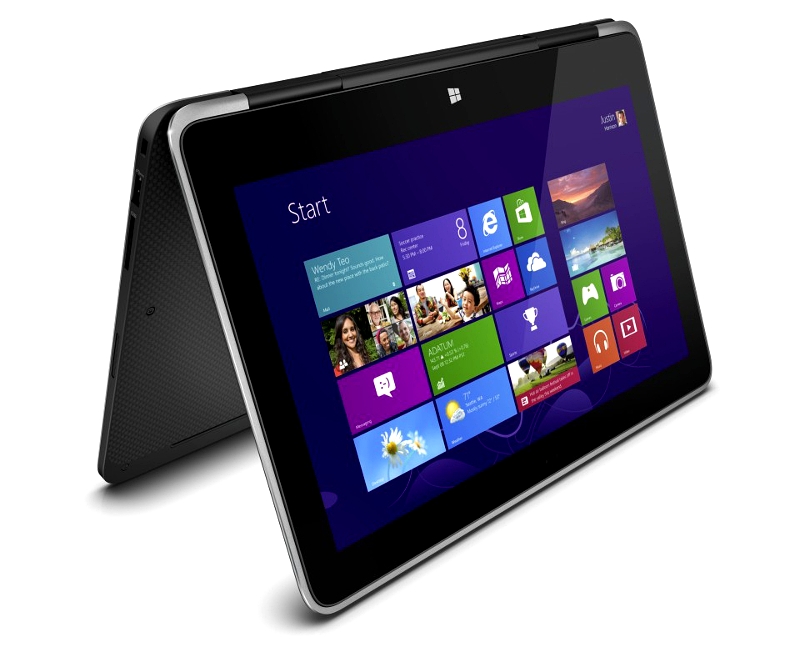
Dell XPS 11 2-in-1 Ultrabook: So nearly a great hybrid [Review]
The hybrid has very much taken over from the Ultrabook as the focal point for notebook development. Where Dell's regular notebooks have had incremental developments, such as the Latitude 3330, the XPS 11 2-in-1 Ultrabook is something of a radical departure. Measuring just 15mm thick, clad in soft-touch carbon fiber, and with a keyboard that rotates 360 degrees to transform the device into a tablet, this is a decidedly stylish product. But it also comes with a few limitations.
If looks were the only consideration, the XPS 11 would win our recommendation in a heartbeat. The carbon fiber chassis exudes quality and feels solid despite the 15mm thickness. Weighing in at just 1.13kg, it's also very pleasant to carry around and is sure to turn a few heads like the MacBook Air did a few years ago. Add in the party trick of transformation into a tablet and you have a very attractive package, at least on the aesthetic level.
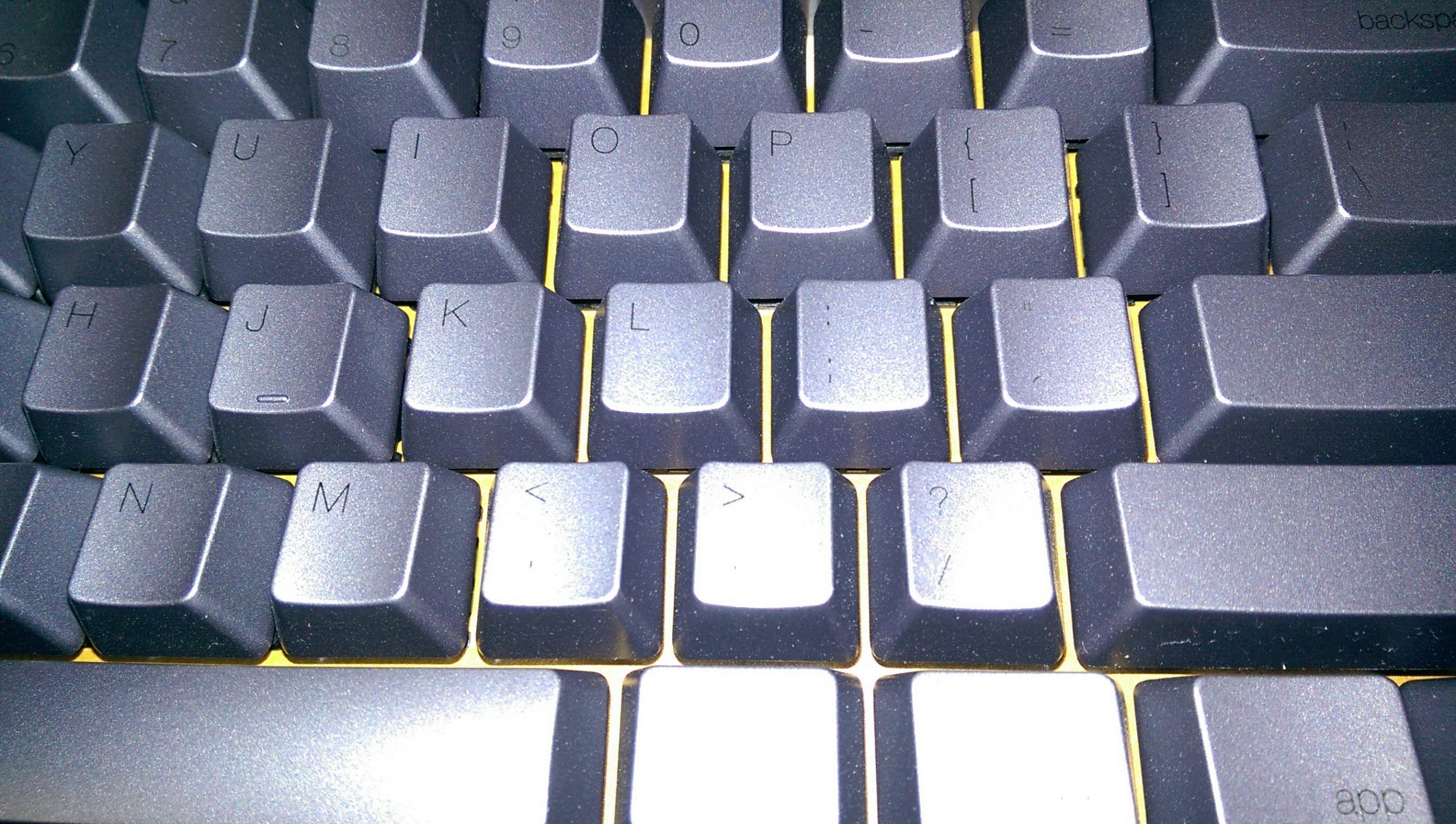
Feenix Autore -- a mechanical keyboard inspired by '2001: A Space Odyssey' [Review]
For many consumers, when they buy a desktop, they use whatever keyboard the manufacturer thew in. Sometimes though, the keyboard will break or the user just wants better quality for something like gaming. When selecting one, that consumer has several decisions to make; wired or wireless? number-pad or not? membrane or mechanical? Wait, what?
That third one is not something consumers have had to consider in a while. Mechanical keyboards have fallen out of favor for cheaper membrane variants, largely because of cost. Inexpensive, spongey, creaky keyboards are "good enough" for many. Sadly, consumers just don't know what they are missing. Luckily, mechanical variants are making a comeback in a big way. I have been testing the Feenix Autore for a couple of weeks and I would like to share my experience with you.

Snap happy -- Google Camera app for KitKat is a winner [Review]
I was never a big fan of the camera interface that came with KitKat on my Nexus 5. Having to roll my finger about on the screen to get to the various menu options never really appealed. It felt awkward, and I was always missing the selections I wanted.
Anyone running KitKat may have come across the fact that the camera app has changed. My Nexus 5 and Nexus 7 both got it as an automatic download, but if you are running KitKat on a handset or a tablet and don't have the new camera app, you can pop along to the Play store and download it. It's called Google Camera.
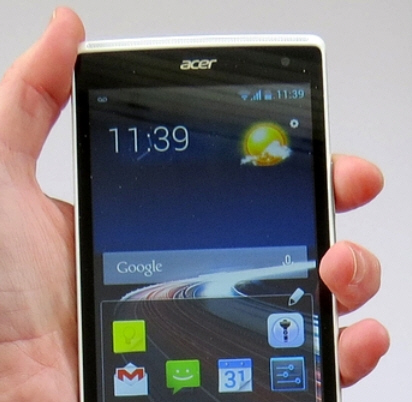
Acer Liquid Z5: You get what you pay for [Review]
Acer has come up with a low-cost 5in handset in the Liquid Z5, and one with a neat chassis design, too. However, it needs some distinguishing characteristics to make it stand out, as things are competitive in every segment of the handset market these days. So does the Liquid Z5 have what it takes to be a winner?
The Liquid Z5 comes in a Duo version -- that’s one which supports two microSIMs. That’s why the cover for the SIM slot on the single SIM model (which I was sent for review) is so very long. The dual SIM version is currently available online for £140, while Asda has my single SIM version for £95 as I write (the phone isn't currently being sold in the US). That is an attractive price for a handset with a 5in screen. Leading budget handsets cost more -- Motorola’s Moto G comes in at £150, and Sony’s Xperia M is around £135. So how has Acer managed to get down to this sub-£100 price?
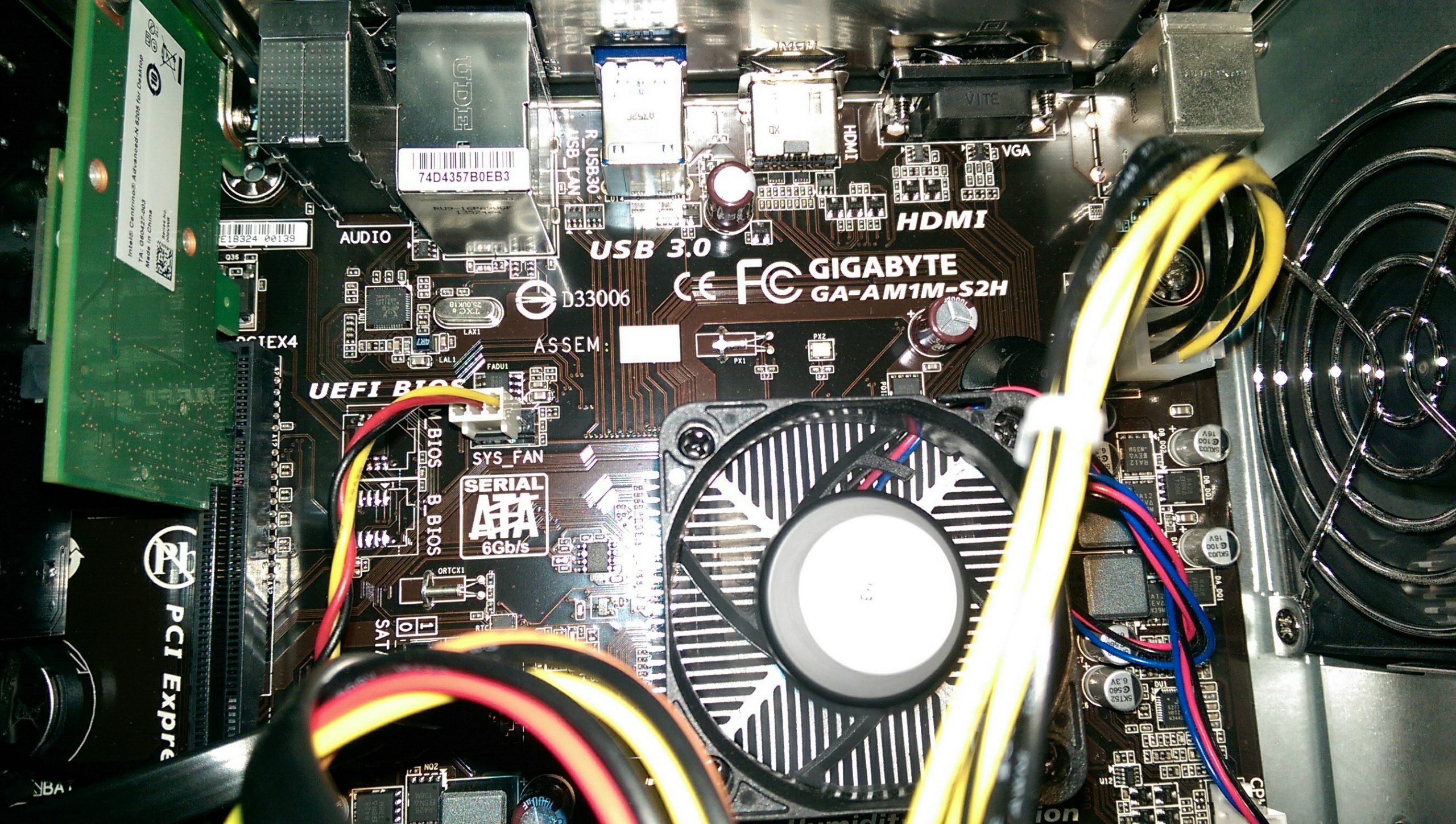
AMD AM1 platform -- build a great PC without hurting your wallet [Review]
Money is the key to solving many of life's problems. If you have cash, you can just throw it at your problems and like magic, they go away. Computer-building is the same way. I mean, if you want a nice computer, you only need to buy quality parts. However, throwing money at a system-build is the coward's way. For a system build to impress me, it should be a mix of power and value. Most importantly, it shouldn't be wasteful. For example, if you buy 16GB of RAM and dual graphics cards to run in SLI, but all you want to do is surf the web, you have failed. You should have saved some money and built a more tame computer. Now, there is nothing wrong with planning on the future and building for perceived possible future needs, but it is easy to overdo it.
When I first caught wind of AMD's AM1 platform, I was immediately intrigued. Like I said, I am impressed with value and this new platform certainly meets that criteria. If you aren't familiar, the AM1 platform is socket-upgradeable and extremely affordable. The system I have been testing has a motherboard that sells for $35 and a processor (APU) that costs $60 and that is on the higher end of the platform! Excited? Read on.
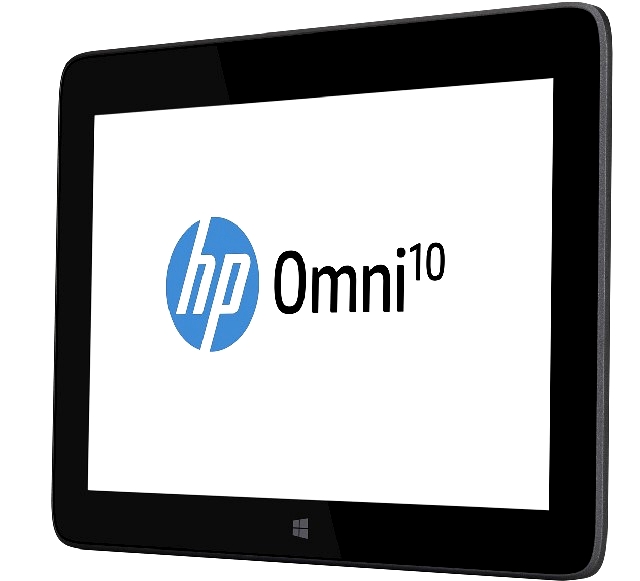
HP Omni 10: A good-value Windows 8.1 tablet [Review]
So far HP’s approach to tablets has been pretty clear cut, choosing Android for its low-cost 7-inch to 10.1-inch tablets, and Windows for its more premium-priced 11.6-inch and 13-inch convertibles. With the Omni 10, however, the company is really shaking things up. First, it’s a 10.1-inch tablet at the kind of price point where you used to find Android models only. Second, it’s running full-fat Windows 8.1, not Windows RT, with a quad-core Bay Trail processor and a full HD screen.
It’s as if HP has realized what other Windows 8 tablet manufacturers have struggled to come to terms with: That it’s not enough to produce a tablet with low-end specs and high-end pricing, and expect that people will buy it just for the chance to run Windows and use Office. You need to produce something that competes with its Android rivals on every level, including the screen, the performance and the price.

Malwarebytes Anti-Malware Premium 2 [Review]
Install a good antivirus tool and it’ll keep you safe from most online threats. But there are no 100 percent guarantees, of course, and it’s possible that some malware will avoid detection and sneak through the cracks.
One way to reduce the risk of infection is to install a "second opinion" scanner, which runs alongside your main antivirus engine and -- hopefully -- detects any threats it might miss.
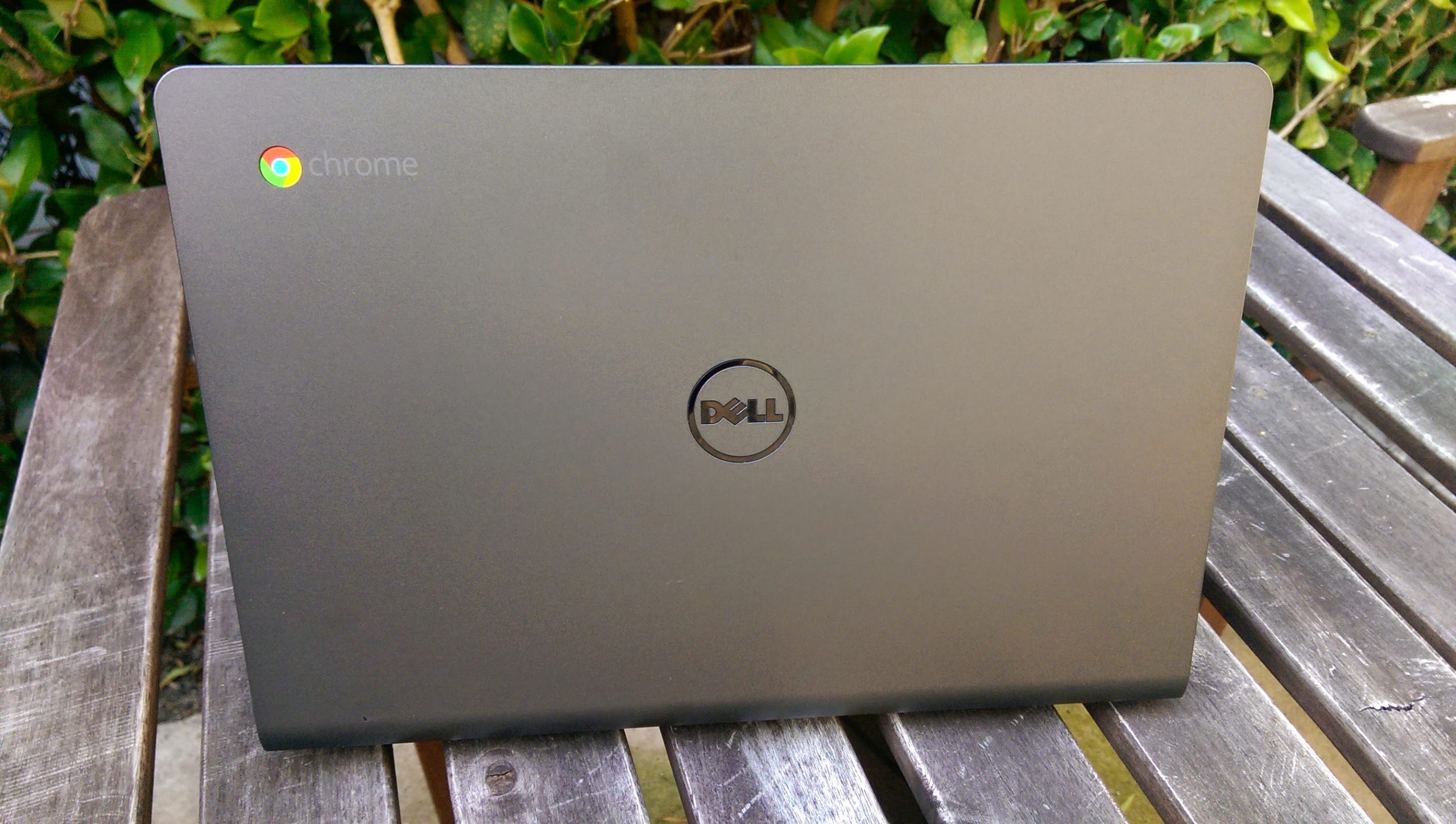
Dell Chromebook 11 review
Chromebook represents a philosophical change -- a quiet revolution -- in personal computing, where relevance moves from hardware and software to electrical service-like cloud utility. In this brave new world, Chromebook is an appliance meeting most desktop needs, and pricing is closer to microwave ovens than to traditional PCs.
Nowhere is there more receptiveness to adaptation, or willingness to lead technological revolution, than the education market. There is historical precedent and fortunate timing: Chromebook fits neatly. Cost is low, utility is high, and familiarity is great. What is more natural to Millennial students than the web browser? They are accustomed to breathing the cloud's rarefied air and enjoying the benefits of anytime, anywhere computing -- freedom to float. Dell Chromebook 11 is primed for educational use while, unlike Lenovo's model, being easily purchased by anyone. This review addresses the computer's suitability for students, teachers, or you.
